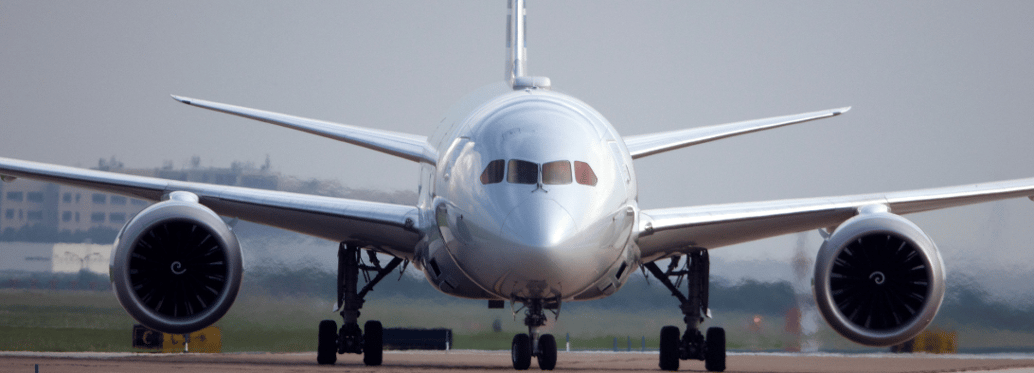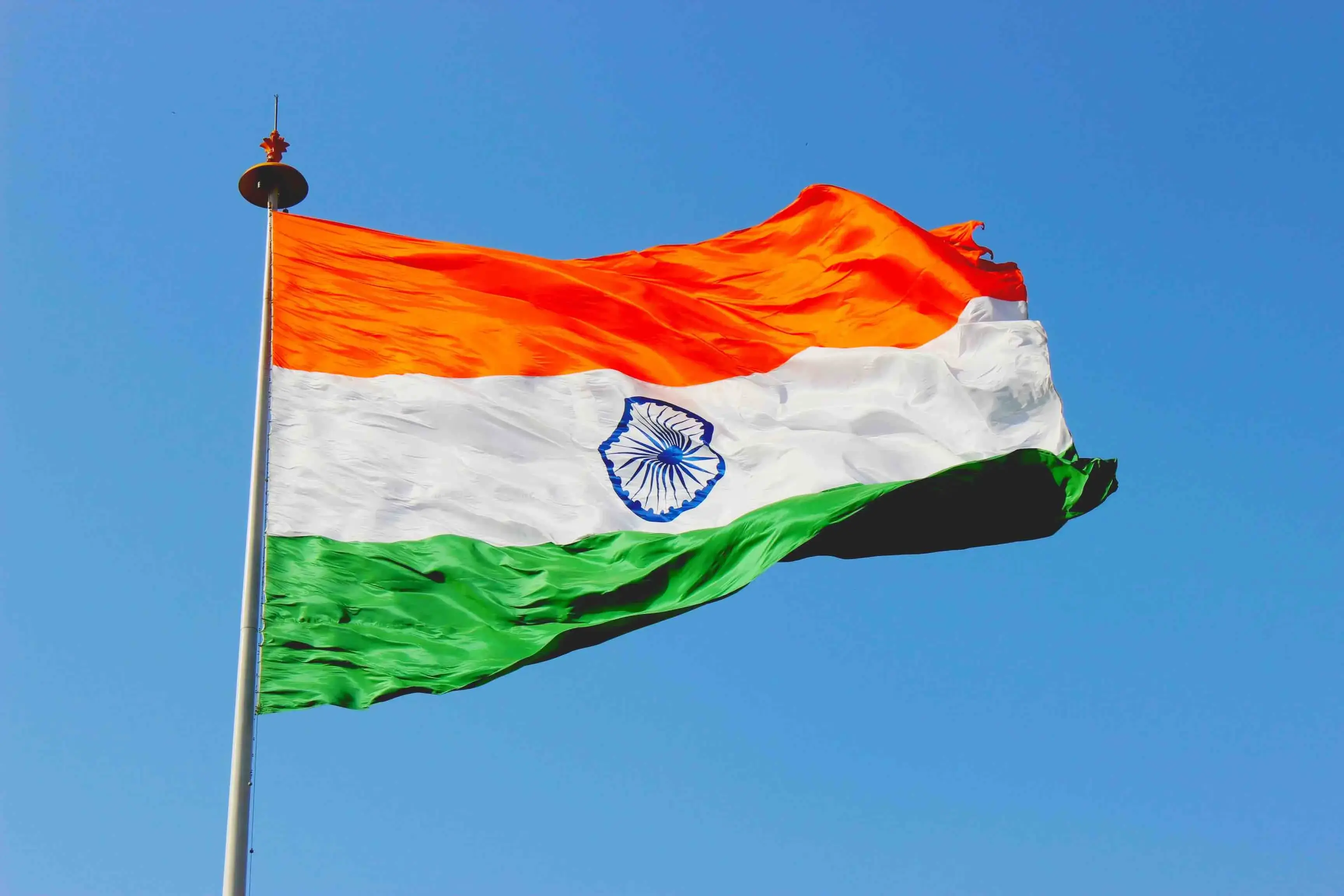Indian aerospace industry holds several opportunities for foreign players
 Bhargavi Venugopal
Bhargavi VenugopalAuthor
Published On
The Indian aviation sector is one of the fastest-growing industries in the nation and in the world. Aero India 2025, Asia’s largest air show, will be held in Bengaluru from 10th to 14th February 2025, including the participation of key players from around 100 countries.
The India Aviation Market size is estimated at USD 13.89 billion in 2024, and is expected to reach USD 26.08 billion by 2030, growing at a Compound Annual Growth Rate (CAGR) of 11.08% during the forecast period (2024-2030).
The Indian aviation market can be divided into four broad categories :
- Civil Aviation: This includes domestic and international airlines, charter operators and air taxi operators.
- Defense and Space: The Aerospace and Defense sector in India involves building aircraft, ships, spacecraft, weapon systems, and defense equipment.
- Air Cargo: This includes air transportation of cargo and mail.
- Maintenance, Repair and Operations (MRO): Companies in this sector are engaged in all aspects relating to the overhaul, maintenance and reparation of aircrafts

1. Civil aviation Market
The Indian Domestic travel industry has experienced massive growth post the COVID-19 outbreak and this growth can be attributed to India’s growing middle class. Rising disposable incomes, competitive pricing by low-cost carriers, infrastructural development and increasing regional connectivity are significant drivers of demand for air travel, both domestic and international. The number of operational airports in the country has doubled from 74 to 148 in the past decade. Domestic and international airline capacity has increased at an annual rate of 6% and 8.7 % respectively, in the past decade.
India will become the world's third-largest air passenger market by 2030, with an increase in fleet size from about 713 currently to 1522 aircrafts by 2031.
2. Defense and Space Market
The size of the Defense and Space Market is estimated at USD 18.72 billion in 2024, and is expected to reach USD 24.87 billion by 2029, growing at a CAGR of 5.8% (2024-2029). This is due to an increasing need to modernize current fleets, adoption of advanced technology as well growing national security concerns.
India spends about 40% of its total defense budget on capital acquisitions and about 70% of these requirements are met through imports. These factors are expected to create lucrative opportunities for many global players who are looking to enter the Indian Market.
3. The Air Cargo Market
According to the recent forecast by Research and Markets, India’s Air Freight Market is estimated to be USD 13.08 billion in 2023 and is expected to reach USD 17.22 billion by 2028, growing at a CAGR of 5.65%.
Growth in allied sectors such as e-commerce, pharmaceuticals, manufacturing, electronics and agriculture will boost demand for India`s air cargo industry both domestically and globally. Furthermore the adoption of new age technologies along with a focus on sustainability makes India an attractive market for companies looking at Air Cargo services.
There are several new entrants in the Air cargo market like Pradhaan Air Express, IndiGo CarGo (the cargo arm of IndiGo), SpiceXpress (independent cargo arm of SpiceJet) and QuikJet. Fleet additions by these companies would result in several opportunities for foreign players looking to enter the Indian market, either as manufacturers and suppliers or providers of services.
4. The Maintenance, Repair and Operations (MRO) market
The Indian Civil Aviation MRO market size was USD 1.7 billion as of 2021 – it is expected to reach USD 4.0 billion by 2031, registering a CAGR of 8.9% as compared to the global average of 5.6%. With Indian carriers projected to increase their fleets to 1,100 aircrafts by 2027, India is looking to increase the number of operational airports from 148 to 220 airports by FY 2025. Thus the MRO sector would need to grow at a rapid rate to accommodate this increase in capacity. The growth in the Air cargo market would further propel the demand for MRO services, as well as components and parts.
Other Sub-sectors showing promise :
- Helicopters: India's civil aviation ministry has emphasized the critical role of helicopters in improving accessibility, especially in remote areas and is looking at rapidly developing this mode of transport.
- Sea Planes & Amphibious Aviation: Several state governments, including Maharashtra, Gujarat, and Andhra Pradesh, are keen on establishing the connectivity provided by sea planes and as a result the Indian government has eased the regulatory provision on undertaking sea plane operations.
- Space: India is one of only a few countries in the world with an advanced space program and has seen rapid growth in the sector over the last several years. In May 2020, the Indian government announced that it would allow the Indian private sector to participate in its space programs and this will create opportunities for international space companies as well.
Expandys solutions for entering the Indian aerospace market
Expandys can help foreign companies interested in the Indian aerospace market in the following ways:
· Identify and appoint a local distributor or agent who can market and sell products and services to local clients
· Identify Indian manufacturers, suppliers and service providers, matching your criteria, for exports
· Recruit and train local resources to manage your projects in India
· Create a local subsidiary and establish a legal presence in India





